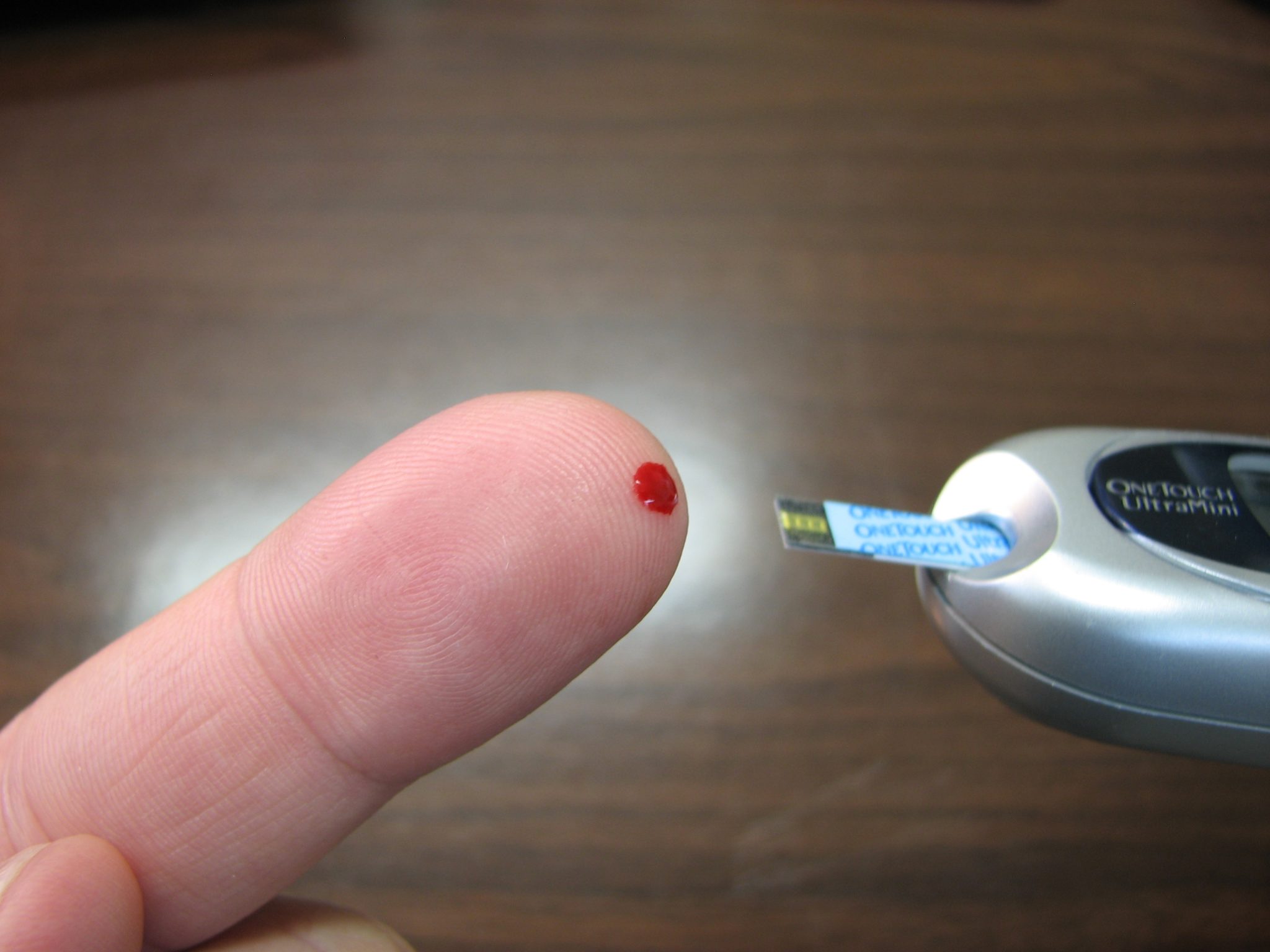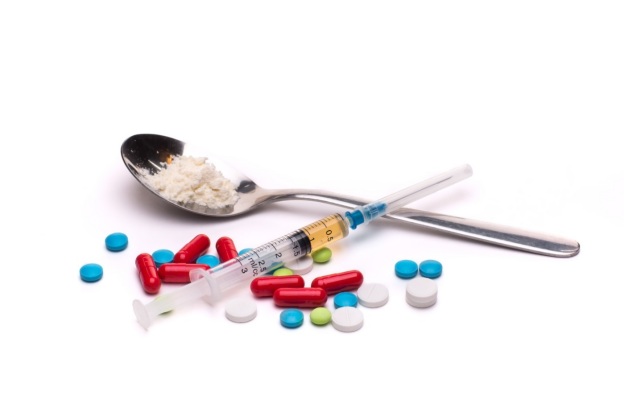Random blood sugar test is the glucose test taken of the non-fasting person. Also termed as a capillary-blood glucose test, it assumes the recent meal taken which has more of the reference value when compared to a fasting glucose blood test. The random sugar level of the person ranges between 70mg/dl-150mg/dl. The variation of the sugar level of blood is dependent on the food consumed, the quantity of food consumed and the time passed by when the person took the last meal. The test to check glucose level randomly is important for various reasons. Here the patient’s finger is pricked to draw the small bit of blood. This test is a powerful test to find out how well diabetes is managed. Indeed, it is mostly performed on those suffering from diabetes. High blood sugar is the result of consuming food high in carbs, glucagon which results in elevated blood sugar level. If the pancreas fails to secrete sufficient insulin then the condition will be high blood sugar, resulting in diabetes. Hyperglycemia or high blood sugar if not checked timely can result in heart diseases, kidney damage, nerve damage or loss of vision.
The importance of glucose testing :
Diabetes is the health condition which results when the pancreas fails to perform or fails to release sufficient insulin into the bloodstream. Only with insulin, glucose can enter the blood and get converted into energy. This mechanism does not take place efficiently when there is diabetes. Some of the symptoms of diabetes are excessive thirst and frequent urination. Sugar builds up in the bloodstream while it fails to get absorbed by the body. When more water is flushed out from the body in the form of urine, there will be dehydration. Some of the symptoms of diabetes are blurred vision, weight loss, slower healing of injuries, cuts, and wounds, feeling of tiredness every time. The glucose test is a very valuable test which helps in the detection of diabetes and helps to manage it. Along with the glucose test, the doctor may prescribe a urine test. If the test is conducted on an empty stomach, sugar level must be below 100mg/dl. If it is between 100-125 level, it implies the pre-diabetes stage. There may be Type II diabetes resulting from prediabetes. If diabetes is found out through the report, the doctor prescribes you another test. It may be that the reading was inaccurate and so a high level of sugar is suggested. Along with the glucose test, you may be asked to do a urine test as well.
Random glucose testing helps to manage the condition :
Random glucose testing is the way of detecting an elevated level of glucose in the blood. The ones who don’t have diabetes, their random glucose test results will suggest similar readings no matter whether the meal is taken or not. There won’t be much difference in the glucose levels even if the test is taken normally twice or thrice the day.
For those who have prediabetes, their test reports would show varied results. The random test is carried out much outside the usual schedule. Just like blood urea nitrogen test detects nitrogen in the bloodstream, glucose test suggests the level of glucose in the blood.
Read Also :






















